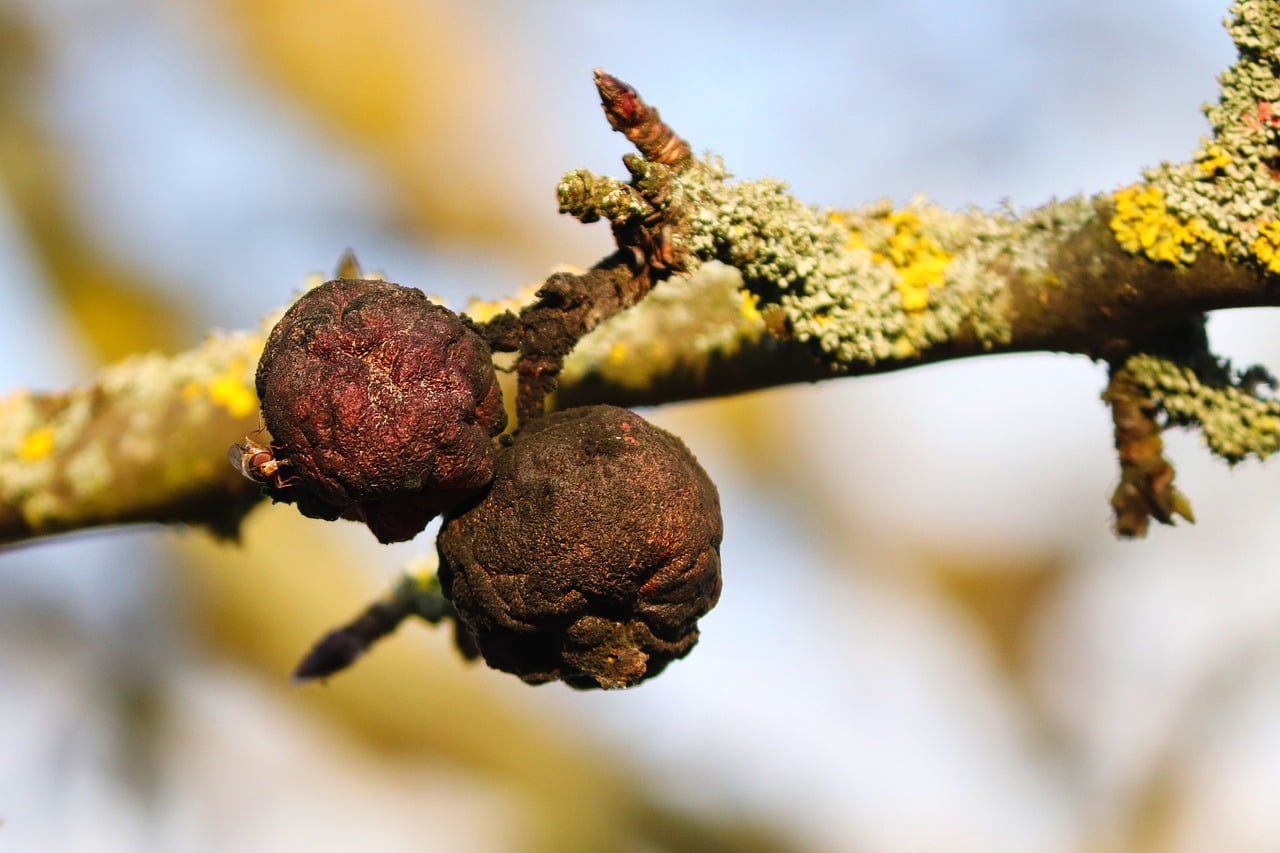How To Overwinter Fruits In A Rooftop Garden
Have you ever wondered how you can ensure your rooftop garden fruit plants survive the winter months? Overwintering fruits in a rooftop garden can be a challenge, but with the right techniques and care, you can enjoy a bountiful harvest year after year. In this article, we will discuss various methods and tips on how to overwinter fruits in a rooftop garden successfully.
Choosing Cold-Hardy Fruit Varieties
When planning your rooftop garden, it is essential to select fruit varieties that are cold-hardy and can withstand the harsh winter conditions. A few examples of cold-hardy fruits include apples, pears, cherries, and raspberries. These fruits are more likely to survive the cold temperatures and frost that come with winter.
Consider Local Climate and Microclimates
Before selecting fruit varieties for your rooftop garden, take into account your local climate and any microclimates that may exist on your rooftop. For example, areas of your rooftop that receive more sunlight may be warmer than shaded areas, creating different growing conditions. By understanding these factors, you can choose fruit varieties that are better suited to your rooftop garden.
Pruning and Mulching
Pruning and mulching your fruit plants before winter sets in is crucial for their survival. Pruning helps remove dead or damaged branches, promoting new growth and overall plant health. Mulching acts as insulation, protecting the roots of your fruit plants from extreme temperatures.
Pruning Techniques
When pruning your fruit plants, aim to remove dead, diseased, or damaged branches. Additionally, thinning out branches can help improve air circulation, reducing the risk of disease. Be sure to follow proper pruning techniques to avoid harming the plant and promote healthy growth.
Mulching Tips
After pruning, apply a thick layer of mulch around the base of your fruit plants. Mulch acts as a protective barrier, insulating the roots from cold temperatures and preventing frost heaving. Organic mulch, such as straw or wood chips, is an excellent choice for overwintering fruit plants.

Providing Adequate Shelter
During the winter months, rooftop gardens are exposed to harsh weather conditions such as snow, wind, and freezing temperatures. Providing adequate shelter for your fruit plants can help protect them from the elements and improve their chances of survival.
Windbreaks
Installing windbreaks around your rooftop garden can help shield your fruit plants from strong winds that can cause damage. This can be achieved by using temporary structures like trellises, fences, or even tall plants to create a barrier against the wind.
Protective Coverings
In areas with heavy snowfall, using protective coverings such as burlap or frost cloth can prevent snow accumulation on your fruit plants. Snow buildup can weigh down branches and cause breakage, so it is essential to protect your plants during the winter months.
Monitoring Moisture Levels
Maintaining proper moisture levels in the soil is crucial for the health and survival of your fruit plants during the winter. Excess moisture can lead to root rot, while insufficient moisture can cause dehydration and stress on the plants.
Watering Guidelines
During the winter months, water your fruit plants sparingly to prevent waterlogging. Monitor the soil moisture levels regularly and only water when necessary. It is essential to strike a balance between providing enough moisture for the plants without overwatering.
Drainage Considerations
Ensure that your rooftop garden has proper drainage to prevent water buildup around the roots of your fruit plants. Good drainage is particularly crucial in rooftop gardens, where excess water can exacerbate the effects of freezing temperatures on the plants.

Protecting Against Frost
Frost is a common threat to rooftop garden fruit plants during the winter months. Taking proactive measures to protect your plants from frost can help minimize damage and improve their chances of survival.
Frost Protection Methods
Covering your fruit plants with frost cloth or blankets can help insulate them from freezing temperatures and frost. Additionally, placing containers of water around your garden can help moderate temperatures and prevent frost from forming on your plants.
Frost Timing
Keep an eye on weather forecasts and be prepared to implement frost protection measures when temperatures are expected to drop significantly. Early detection and timely action can make a big difference in protecting your fruit plants from frost damage.
Monitoring and Inspecting Regularly
Checking on your rooftop garden fruit plants regularly throughout the winter is essential for identifying any potential issues or problems. By monitoring and inspecting your plants, you can address issues promptly and ensure their continued health and survival.
Signs of Stress
Look out for signs of stress in your fruit plants, such as wilting, discoloration, or pest infestations. Addressing these issues early can prevent them from worsening and damaging the plants.
Pest Control
Pests can be a problem even during the winter months, so it is vital to monitor your fruit plants for signs of pest activity. If you notice any pests, take appropriate measures to control and eliminate them to protect your plants.

Conclusion
Overwintering fruits in a rooftop garden requires careful planning, preparation, and maintenance. By selecting cold-hardy fruit varieties, pruning and mulching, providing shelter, monitoring moisture levels, protecting against frost, and regularly inspecting your plants, you can increase the chances of a successful overwintering season. With the right techniques and care, you can enjoy a thriving rooftop garden full of delicious fruits year after year.
